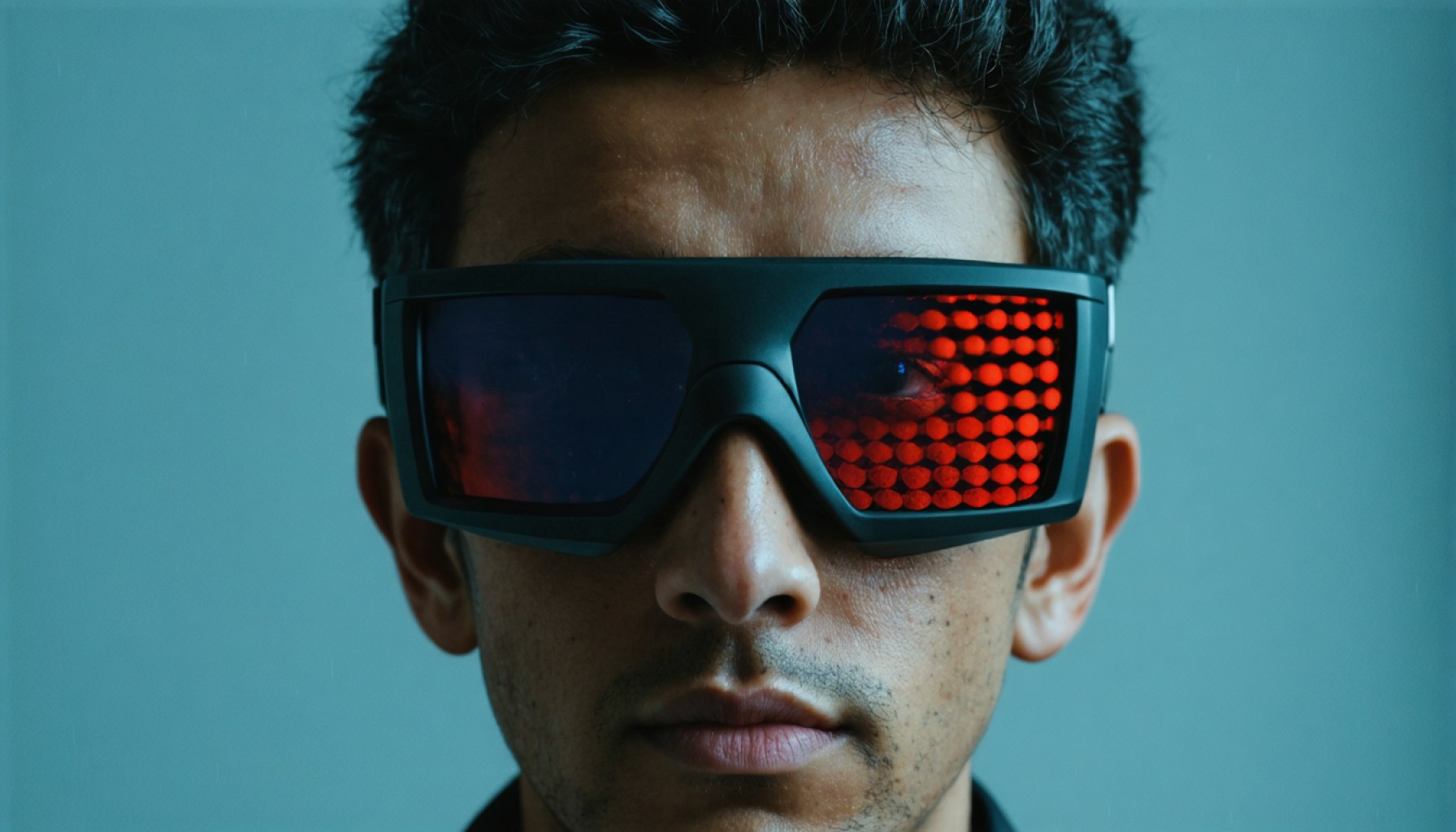- Deepfakes are hyper-realistic digital illusions, blurring the line between reality and fabrication.
- A test by iProov revealed that only 0.1% of participants could accurately identify AI-generated content.
- Out of 2,000 individuals surveyed, 22% were unaware of deepfake technology, showing a digital literacy gap.
- Overconfidence in detecting deepfakes is common, especially among young adults, despite their detection skills faltering.
- Older individuals are particularly vulnerable, with over a third unaware of deepfakes.
- Participants were 36% less likely to detect fake videos compared to images.
- Few people verify online content authenticity or know how to report suspected fakes, posing risks to privacy and security.
- The responsibility to enhance digital awareness and protection lies with both individuals and tech companies.
Picture this: a seamless video of someone speaking words they never uttered or an image that looks disturbingly real but is entirely crafted by AI. Deepfakes, hyper-realistic digital illusions, are surging across the internet, blurring the lines between reality and fabrication. A recent test by iProov casts a stark light on our collective ability—or lack thereof—to discern these digital chimeras.
In a quest to gauge public awareness, the biometric company launched a nationwide quiz and uncovered some startling truths. Out of 2,000 participants in the US and UK, a minuscule fraction flawlessly identified AI-generated content. Shockingly, only 0.1% could tell apart man from machine with complete accuracy. This reveals a sobering reality: the vast majority of us are easily duped.
Ignorance runs deep. A significant 22% of participants were completely unaware of deepfake technology, exposing a gap in digital literacy. Moreover, those familiar with the concept remained overconfident, despite faltering in their detection abilities. This misplaced confidence was rampant among young adults, hinting at an unsettling trend.
The digital masquerade doesn’t discriminate by age. Older individuals proved particularly susceptible, with over a third oblivious to deepfakes. Videos further confound our senses, with respondents 36% less likely to spot fake clips versus images.
Disconcertingly, vigilance is scarce. Few verify the authenticity of online content, and even fewer know how to report suspected fakes. As deepfakes proliferate, unchecked belief in imagery threatens personal privacy and security.
The takeaway? As digital landscapes evolve, so must our awareness and protective measures. The onus is on both individuals and tech companies to bolster defenses against this invisible menace. So, are you prepared to discern reality from digital fiction? Test your skills—with caution.
Think You Can Spot a Deepfake? Think Again!
Understanding Deepfakes: How-To Steps & Life Hacks
Deepfakes leverage AI-driven technology to create lifelike replicas of human speech and actions, making them virtually indistinguishable from real footage. To identify deepfakes more effectively, consider the following steps:
1. Scrutinize Eye Movement: Deepfakes sometimes fail to replicate natural eye movement accurately. Look for unnatural blinks or static eye positions.
2. Analyze Skin and Hair Texture: Texture inconsistencies can appear where AI fails to mimic human skin or hair accurately.
3. Pay Attention to Light Reflection: Mismatched light reflections often indicate the absence of a real-world environment.
4. Use Verification Tools: Various tools and browser extensions are designed to detect deepfakes, like Deepware Scanner or Sensity.ai.
5. Cross-Check Source Authenticity: Always verify the original source and context of any suspicious video or image.
Real-World Use Cases
Despite their potential for deception, deepfakes have some legitimate applications:
– Entertainment Industry: Used for CGI in films to rejuvenate actors or create realistic avatars.
– Education and Training: Simulate scenarios for security training, emergency response, or historical reenactments.
Market Forecasts & Industry Trends
The global deepfake market is forecasted to grow significantly, with an estimated value to reach approximately $1.5 billion by 2025, according to a report by Deeptrace Labs. The rapid adoption of AI technologies coupled with increasing revenue from the entertainment sector is fueling this growth.
Controversies & Limitations
Deepfakes have sparked significant ethical debate:
– Misinformation Risks: Deepfakes can be used to spread false information or propaganda, posing threats to public trust and democratic processes.
– Identity and Privacy Violations: Unauthorized creation of deepfakes often breaches privacy, leading to potential legal repercussions.
Security & Sustainability
Security advancements continue to be necessary to counteract deepfake threats. Companies like iProov are spearheading efforts in biometric authentication to enhance digital security.
Sustainability concerns arise from the energy-intensive nature of AI models needed to produce deepfakes, sparking conversations about cleaner AI technology.
Pros & Cons Overview
Pros:
– Can be used for non-malicious entertainment and creative purposes.
– Offer innovative solutions in training, education, and film.
Cons:
– Potential to erode trust, spread misinformation, and infringe upon privacy rights.
– Current detection tools are nascent and sometimes inadequate against sophisticated versions.
Actionable Recommendations
1. Stay Informed: Regularly educate yourself on advancements in AI and digital literacy.
2. Utilize Detection Tools: Incorporate available technologies to analyze digital content for authenticity.
3. Advocate for Policies: Encourage legislation to regulate the misuse of deepfake technology.
Related Links
For more information on deepfakes and AI, visit:
– Google AI
– IBM Watson
– TechMeme
By becoming digitally literate and vigilant, backed by technological and policy measures, we can collectively safeguard ourselves against the deepfake phenomenon.
